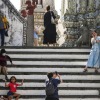A photo book by French Doctor J. C. Baurac shows life in southern Vietnam in the late 19th century, including images of the Saigon River and people getting vaccinated.
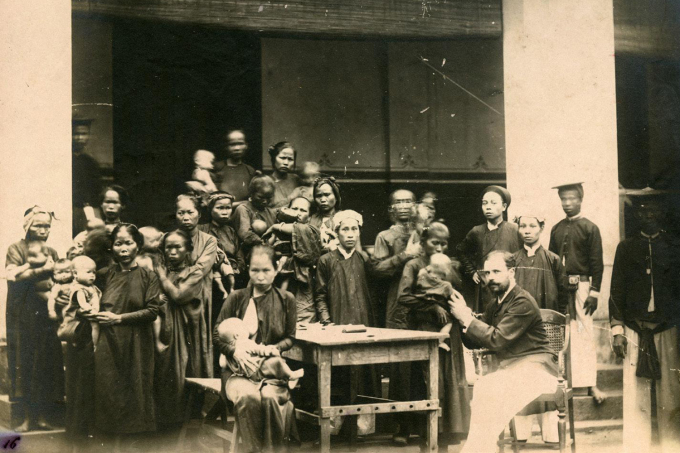 |
|
Residents of Cho Lon, a city established in the 19th century and merged into neighboring Saigon in 1931, get vaccinated in 1890.
The photo is part of the photobook ‘Nam Ky Va Cu Dan: Cac Tinh Mien Dong’ (La Cochinchine et Ses Habitants: Provinces de l’Ouest or Cochinchina and Its Inhabitants: Eastern Provinces) by J.C. Baurac – a French colonial doctor who came to Vietnam in the 19th century. Vaccination was part of Baurac’s job in southern Vietnam. In the book, he wrote that because the smallpox epidemic in the southern region during the 1890s was so severe, authorities had to continuously organize mobile vaccination points in many places to prevent and limit the spread of the illness.
The book is a valuable document about southern Vietnam in the 19th century through the eyes of the French. Photos in the book were taken by Baurac or collected from other photographers.
|
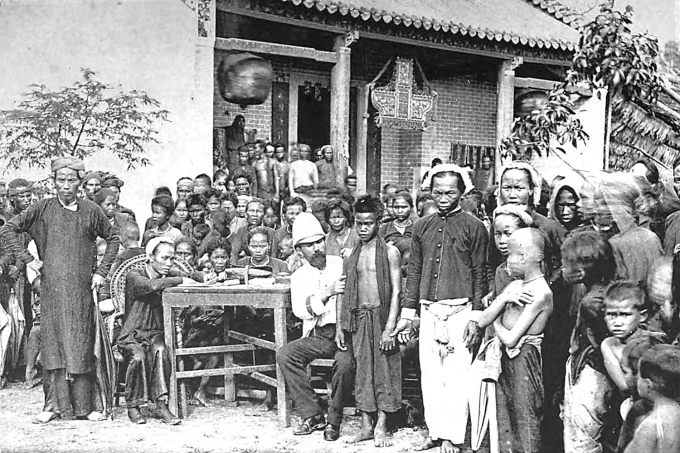 |
|
A vaccination site in the south during the 1890s.
The epidemiological filed study carried out by Baurac at the end of the 19th century not only contributed to medical research to improve sanitation but also knowledge to overcome diseases through vaccination.
|
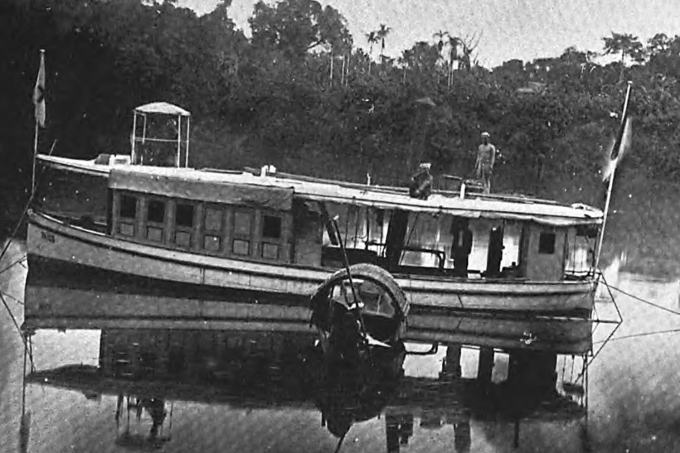 |
|
A motorboat used as a vaccination site.
Baurac said that in Go Cong County (now part of southern Kien Giang Province) the number of people who came to get vaccinated daily reached about 5,000. The regional population at the time was 68,000.
“Today, indigenous people have great faith in vaccines, they are more concerned with the health of their children, as well as for themselves,” he wrote in the book.
|
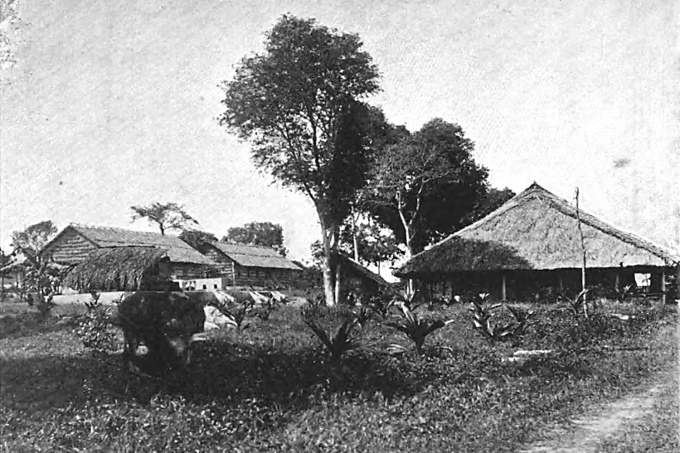 |
|
Ganh Rai isolation camp, where the colonial government isolated infected passengers on ships entering the waters of Cochinchina.
|
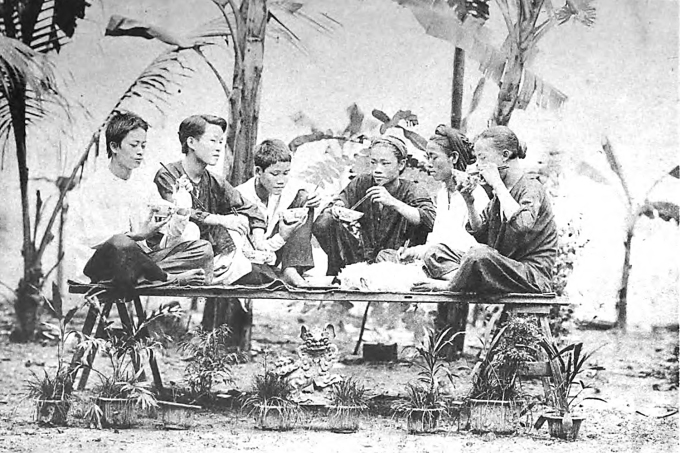 |
|
Daily southern life captured by Baurac.
|
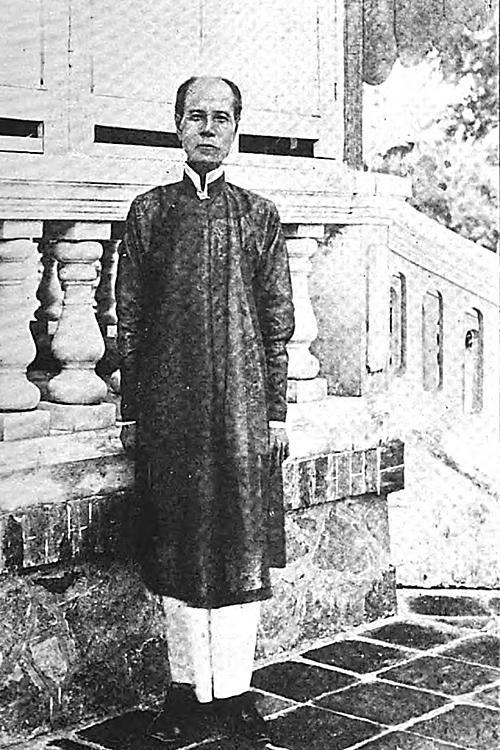 |
|
Portrait of Governor Tran Ba Loc (1839 – 1899), an effective partner of the French colonialists, who suppressed many uprisings of southern farmers in the late 19th century.
Loc is also known for promoting the canal system, established under his command, bringing benefits to the Dong Thap Muoi (Plain of Reeds) region in Mekong Delta.
|
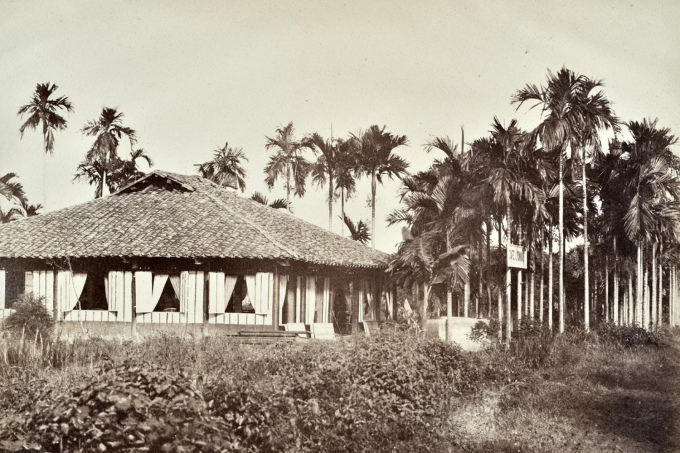 |
|
The book also introduces rare documents on landscape photography, such as the peaceful garden space of a coffee shop named Lyonnais in Saigon, 1864.
|
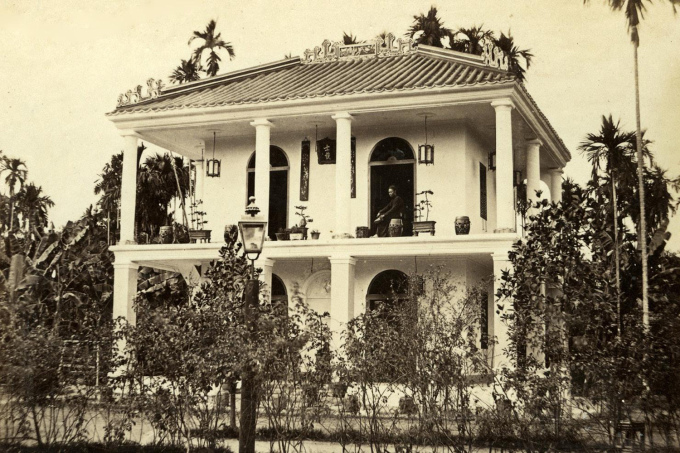 |
|
The house of scientist Truong Vinh Ky (1837 – 1898) in Cho Lon, taken by photographer Emile Gsell (1838 – 1879) around 1870.
|
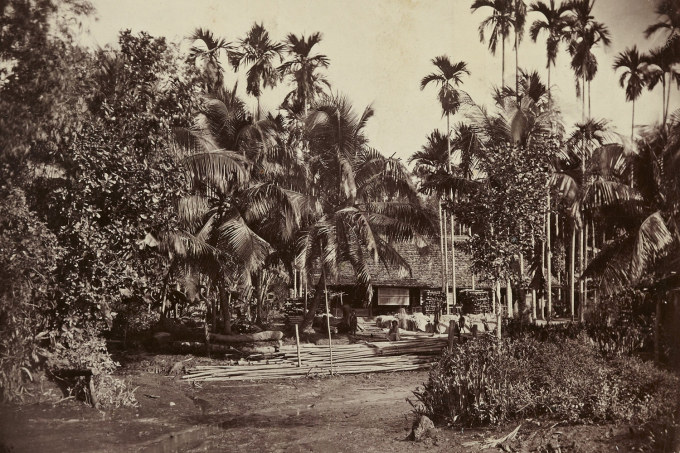 |
|
A house by the river during low tide.
Having to conduct field studies, Baurac had the opportunities to travel by boat to different localities in the southern region. He also boasted great knowledge about the population, geography, and geographical and natural features here.
|
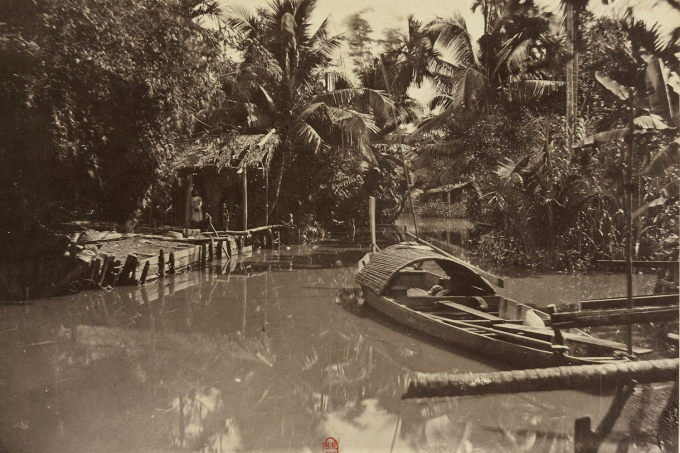 |
|
A village in Go Vap at the end of the 19th century.
Ange Eugene Nicolai – deputy governor of Cochinchina in the period 1897-1898 once commented that he read this book many times, complimenting it for paying lots of attention to details and containing lots of informative descriptions.
|
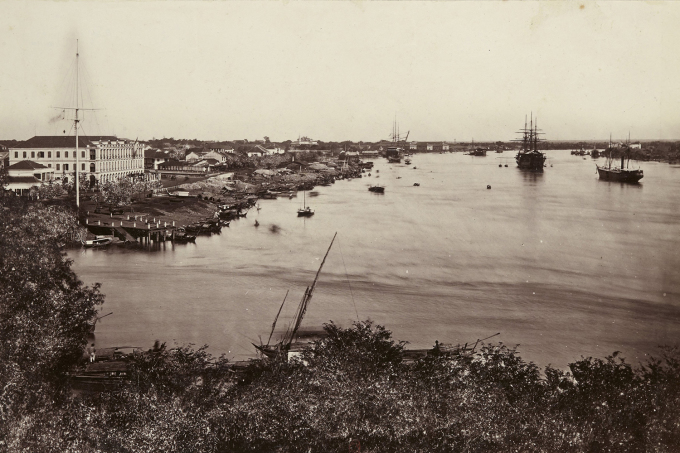 |
|
The Thu Ngu flagpole on the banks of Saigon River in the 19th century.
The flagpole was built in 1865. When it was first constructed, it functioned as a signal post for ships to enter and exit the canals in the area of Saigon – Gia Dinh. Along with Nha Rong Wharf, Bach Dang Wharf and Mong Bridge, the flagpole also helps add a unique historical and cultural value to southern metropolis Ho Chi Minh City today. At the beginning of last year, the flagpole was restored, surrounded by trees and stone benches to serve tourists.
|
Read More :
-
Reduce Hair Loss with PURA D’OR Gold Label Shampoo
-
Castor Oil Has Made a “Huge” Difference With Hair and Brow Growth
-
Excessive hair loss in men: Signs of illness that cannot be subjective
-
Dịch Vụ SEO Website ở Los Angeles, CA: đưa trang web doanh nghiệp bạn lên top Google
-
Nails Salon Sierra Madre











 VnExpress News The News Gateway of Vietnam
VnExpress News The News Gateway of Vietnam

